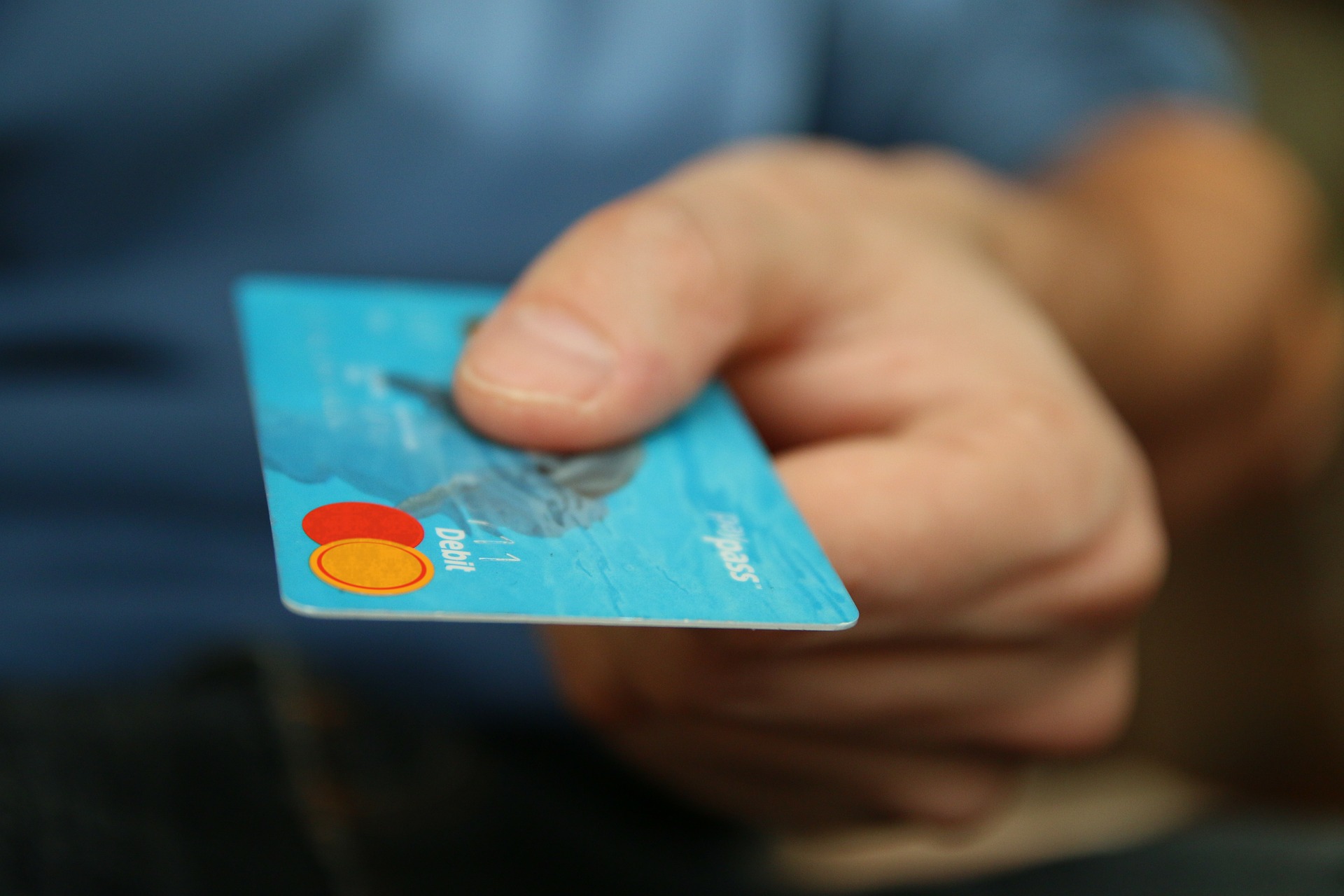Transactions with decline codes are commonplace for any merchant that accepts consumer credit card payments. High-risk merchants accepting online credit cards know about these failed sales messages all too well. It’s important to recognize common response codes received after a failed transaction. However, you must also learn what they mean.
Understanding decline code messages is key to increasing your transaction approval rate (10% or more) and settlement volume in your merchant account. Overlooking these types of messages could be robbing your company of sales! Acquiring traffic and customers is very expensive; stop losing business because of non-converting orders!
Keep reading this blog to learn about increasing your bottom line and reducing the risk of ending up with a terminated MID. In this two-part blog series we’ll dig into decline codes and teach you what they mean. We’ll also offer some creative strategies for increasing your transaction approval rate so your conversions and revenue increase overnight!
What are decline codes?
Decline codes are generic messages communicated mainly by a consumer’s issuing bank describing why an order was refused. They have assigned numbers and sometimes generic messages. For instance, it could be as simple as Do Not Honor or more complex as Processor Declined. Regardless of the message, decline codes are usually vague and confusing explanations about why the rejection occurred.
Top 5 credit card error codes
The following is an example of popular declined credit card codes. They include:
Invalid Address:
The billing address your customer entered on your order page does not match the information registered for the credit card. Your client support team or billing representative can try calling the buyer if you really want the sale approved.
Also, perhaps your processor can allow you to verify the zip code only on the address, thus making it a partial AVS check. Customers sometimes make spelling mistakes on the address registered with their credit card issuer. A prime example is when a potential customer enters his/her address as 1244 First Avenue in your order form. This would be declined if the credit card company has 1244 1st Ave. registered.
Do Not Honor/Issuing Bank Decline:
A generic response from your customer’s issuing bank notifying you that credit card funds will not be released to complete the order purchase. In this case, your customer should call their bank to verbally confirm that they would like to proceed with the transaction.
Often times the decline occurs because the bank does not allow transactions from your MCC (merchant category code) given past fraud from other merchants in that category. Also, transactions over $100 are more heavily scrutinized when they’re requested from a high-risk category code like 5968 (subscription/continuity).
Did you know that if a US consumer buys with a check/debit card it has a high chance of being rejected by a processor not based in the US? In that case, the typical response is Do Not Honor or Issuing Bank Decline. That’s why it is critical to tell customers details about why their transaction was rejected.
Insufficient Funds:
Your shopper does not have sufficient credit on their card to buy your product or service. A viable alternative would be for the customer to use a different credit card or if you propose another payment method like ACH processing. Adding alternative payment modes can increase your revenue by 5-8%!
Transaction Not Permitted – Card:
The customer’s issuing bank has blocked the transaction, because it is not permitting the purchase of whatever product or service you’re offering. Your customer can call their bank to request and confirm permission to make the purchase. This can also be due to your MCC being banned at the customer’s bank.
Pick Up Card/Stolen:
The card being used to buy has either been reported lost or stolen. It’s a good chance that the attempted transaction is fraudulent. In this case block the number so it cannot be used again in your checkout. Be sure to not reattempt the card, as ignoring this message can cause future issues for your transaction approval ratio. The more “bad” transactions you send your processor, the more heavily your orders will be scrutinized before being approved.
Other possible reasons you’re receiving declined messages
There are hundreds of decline codes for unsuccessful transactions; many often mean the same thing. Here are a few more that you might not yet know.
Invalid Merchant Number:
This issue is within your back-end environment. Your bank has blocked the transaction, because it does not recognize the merchant ID number assigned to your merchant account. Resolving this problem means you need to look at your integration setup. Determine if your payment gateway has the proper ID number and other credentials assigned to you by your processor. Wise merchants prevent this from happening. They adequately test a few transactions first with different card types before making their online offer or store live.
Transaction Not Allowed:
The customer’s issuing bank could be declining the sale, because of a problem with the card itself. Also, the bank might have flagged the transaction as potentially fraudulent. This error message is the same as Transaction Not Permitted.
There are several reasons for why a sale may be blocked. When your merchant account happens to be with an acquiring bank in a foreign country, for example. This is not uncommon, as some US banks stop transactions when a non-US party is detected on the other side, especially if your customer rarely buys outside his/her country.
Every so often a card might be a foreign debit. It’s completely normal to use Visa or MasterCard debit for online orders. However, they convert poorly if your merchant account is with an acquiring bank in a country different from that of the buyer. When sales do convert, they typically originate from the same geographical region as where your merchant account is located.
Network Unavailable:
This message is a signal there is an issue with the parties supporting your back-end processing. For example, if your processor has technical issues and times out, it will affect your online processing. Consult with your IT staff. Contact your processor and other parties, such as your shopping cart or gateway providers that support your back-end setup. The more technical issues or downtime occurs, the longer your ability to accept online payments is negatively affected.
The above are just some examples of decline codes that may appear for your business. They are more rare compared to your usual messages indicating insufficient funds, but they are an example of the many declined codes that show up every now and then.

What can you do to recover from decline codes
The first step to recovering from decline codes is aggregating a report of all your declined transactions. Look at your declines from a period of 30 to 90 days. Carefully sorting this data in a spreadsheet can easily narrow down the common reason(s) your sales are being refused.
For example, if your most common decline code happens to be Security Violation subsequently make card security codes (CVV or CV2) mandatory for new orders. If the message occurs for recurring purchases, ensure the processor knows you handle subscriptions, and that CVV should not be mandatory for recurring transactions in your merchant account.
Alternatively, if the majority of your orders with stolen credit cards are originating from similar IP address locations, blacklist them! Blacklisting may not only help with fraud rate reduction, but it could very well save your merchant account! Most gateways permit this feature.
Contact DirectPayNet for a walk-through on how to use and maximize your gateway fraud settings.
Additionally, a broad range of fraud analytics software can intentionally block phony orders that would otherwise be declined. Use fraud software with caution to ensure you don’t end up with too many false positives. Over time you can customize your software settings to your needs.
Earlier we mentioned that Visa and MasterCard debit cards are rarely approved if they were issued in a country foreign to the merchant‘s bank location. If you are a US-based merchant with no international offices, your declines will be ongoing. A good option would be to pursue setting up an offshore business to ease processing orders in foreign jurisdictions.
Try ACH processing
If an offshore business and merchant account isn’t feasible, complement your credit card processing by adding ACH to your order page. It can recover some of your domestic sales. ACH processing transfers money from your customer’s bank account to your merchant account.
You can boost sales on average 5-7% by catering to buyers that might not have a credit or debit card! Conversions will increase from customers that had their credit or debit card declined. If the money is in your customer’s bank account, then you can collect!
Read more about ACH processing here.
Over to you
We’ve just explained and explored a few ways to solve decline code issues from non-converted transactions. But, we have more information and creative strategies for you. For now, we’ll cut it short and provide more information in part two of this blog series.
Processing online orders can be complicated enough for merchants. But, it’s less complex with a knowledgeable merchant service provider in your corner. Contact DirectPayNet to get a better understanding of declined transactions risk affects your merchant account.
DirectPayNet specializes in handling high-risk merchant accounts! Whether you’re a dating or e-cig merchant, an independent info products seller, a travel or a nutraceutical vendor, we can help.
Email or call DirectPayNet today to get started!
